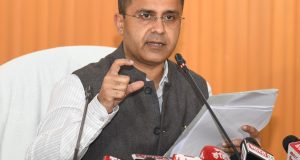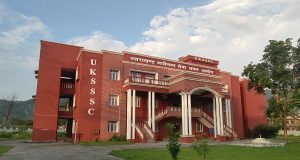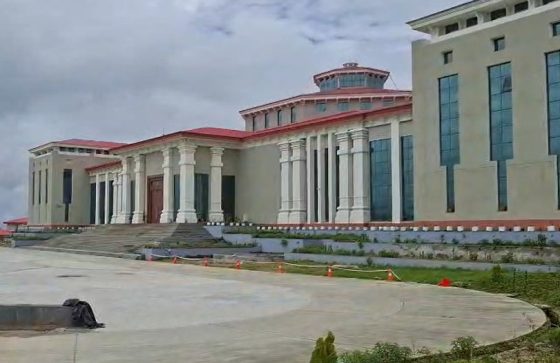DAINIK NATION BUREAU
As General election-2019 is inching closer, BJP led NDA government’s efforts to regain the power is getting stronger but this time they would not get pitch like what they got during general election-2014. Then they were sailing in anti-incumbency wave against Congress led UPA-II regime. Two factors i.e. First ebbing of the PM Narendra Modi wave and Second opposition seems united. To cope up BJP national president Amit Shah has visited uttarakhand and launched Sampark Abhiyan. Even he spent quality time with Shanti kunj head Dr Pranav Pandya on june 24.
The ebbing of the Modi wave is going down. By-election results have ascertained it. Various media surveys also point to a small but significant erosion in BJP’s vote bank. A section of voters seem disappointed over factors such as disagreement with certain policies including demonetisation and GST and too much polarisation.
Despite ideological differences some opposition leaders have come together. Whether in Bihar in 2015, in Karnataka-2018 or even in the various by-elections, opposition gave up their individual greed to defeat BJP, got the poll arithmetic right, and were successful too.
To see a potential impact on seats, let us focus only on three clusters that make up a majority of the BJP’s seats won in 2014. These are…
1. UP, the one single multi-cornered contest state that matters most (BJP spectacularly won 73 including one seat of Apna Dal of 80 seats)
2. RCMG (Rajasthan, Chhattisgarh, MP and Gujarat), where two cornered contest happens and BJP had won 88 of the 91 seats
3. MKB (Maharashtra, Karnataka and Bihar), where contests are multi-cornered but the BJP did moderately well with 62 out of 111 seats.
During general election-2014 BJP had won 221 out of 282 seats from these three clusters. Hence, for simplicity, let’s focus on these 221 seats and what might happen here.
In UP, BJP had won 73 out of 80 seats but its vote share was mere 42 percent. Although the BSP, SP and Cong vote percentage was 49%. If these three parties contest on alliance like what they did in recently concluded lok sabha bypoll. If this happens then BJP would confine upto 50 seats in UP.
In RCMG, BJP’s own vote share was 50% or more. These states are essentially two-cornered contests. Although opposition unity would not make any impact here but BJP would face anti incumbency here. Opinion polls are showing inimical situation for BJP at least in MP and Rajasthan. Even if they lose 20 percent seats then they would confine within 68-70. it means loss of 18-20 seats in comparison with general election-2014.
The third cluster, or KMB, is a tricky one for the BJP. The opposition seems to have found a way to unite well here. The JD(S) and Congress will fight together in Karnataka, and the RJD will whip up a solid alliance in Bihar.
In Maharashtra, the relationship with the Shiv Sena is known to everyone and if they fail to reach an alliance then their votes could be divided. In the KMB cluster, of the 62 seats BJP won in 2014, it could lose say 20 seats.
With these three clusters’ BJP may loss 70 seats (30+20+20) at the national level. Given that BJP won 282 seats and the NDA combine 336, an 70-seat loss would mean BJP at 212 and the current NDA at 251 seats (including Shiv Sena/TDP). As we have 543 seats in Lok sabha so 251 for the NDA means less than a majority and 292 seats for others. This leaves a possibility for all kinds of permutations and combinations to reach magic figure of 272.
During General election-2009, Congress had won 206 seats,they managed to pull together a majority coalition. Of course, the BJP finds it more difficult to pull allies than Congress. Even if they manage then will alliance go with Modi ?
 Dainik Nation News Portal
Dainik Nation News Portal




